(Prices correct as of today’s date, are updated daily, are subject to change and represent genuine availability at time of update).
Cruise only holidays are financially protected by ABTA. Fly cruise holidays are financially protected by Holland America Line under ATOL number 6294
Please click here to check the essential travel requirements before booking this cruise.
Want to add a hotel stay or change your flights?
Just call our team of cruise specialists to help build your dream cruise holiday today!
Prices based on 2 people sharing. Cruise only price does not include flights. Fly-cruise price may vary by chosen UK airport.
Itinerary
Fort Lauderdale, Florida
Like many southeast Florida neighbors, Fort Lauderdale has long been revitalizing. In a state where gaudy tourist zones often stand aloof from workaday downtowns, Fort Lauderdale exhibits consistency at both ends of the 2-mile Las Olas corridor. The sparkling look results from upgrades bot... Read More
Fort Lauderdale, Florida
At Sea
At Sea
Sint Maarten
Antigua
Castries
Roseau
Basseterre, Saint Kitts
Saint Thomas
At Sea
Half Moon Cay
Fort Lauderdale, Florida
Half Moon Cay
At Sea
Grand Turk Island
Amber Cove
At Sea
Key West, Florida
Fort Lauderdale, Florida
What's Included with
Holland America Line
Use of swimming pools, hot tubs, fitness centre and leisure facilities where available
Accommodation
Breakfast, lunch, dinner and snacks in a choice of included dining venues
Entertainment throughout the day and evening
Complimentary shuttle service from ship to port where available
Explore Koningsdam
Nami Sushi
Inspired by Culinary Council® member and world-renowned sushi master, Andy Matsuda, Nami Sushi offers a tempting array of the sushi rolls he’s created. Choose from such delectable selections as Tempura Lobster Roll with soft shell crab tempura; Dragon Roll with tempura shrimp, unagi sauce and avocado; Tsutsumi Roll with snapper, green olive, caper and avocado; Futomoki Roll with crab, yamagobo, avocado and cucumber; Volcano Roll with sesame-marinated salmon and Thai chilis; Nigiri sushi with tuna, salmon and ebi shrimp; and more. The word “nami,” Japanese in origin, means “wave” and is an homage to the ocean views you’ll enjoy as you dine on the freshest, tastiest and most inventive sushi at sea.


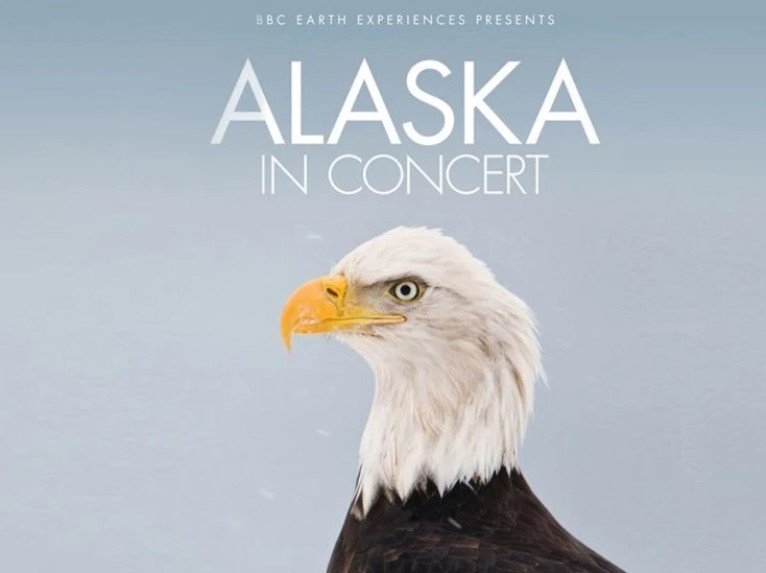

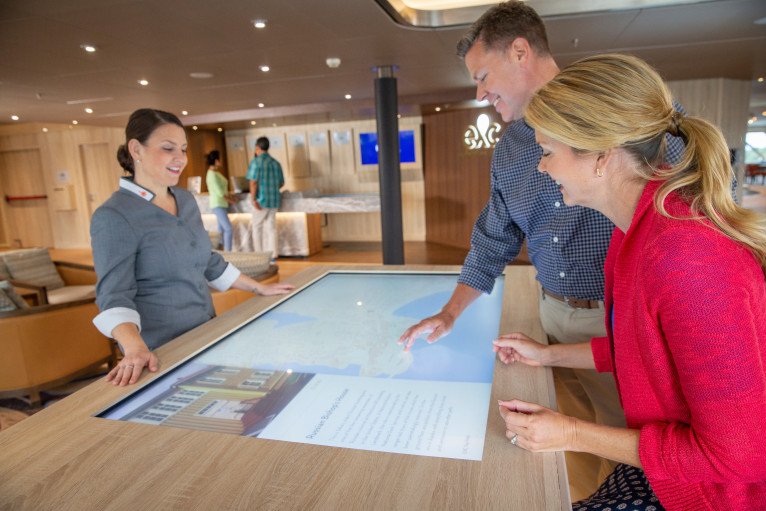
BBC Earth Live in Concert
We have partnered with BBC Earth to bring you unforgettable new ways to experience the world's natural wonders. Through the innovative and breathtaking programming, guests will be taken closer to the ocean and the natural world through a groundbreaking concert, films, game shows, trivia, children's activities, and feature cruises.
Planet Earth II In Concert
Experience sensational footage from the natural world and get closer to the animals, landscapes and wildlife dramas on our planet than ever before. With a stunning score by award winning musicians Hans Zimmer, Jacob Shea and Jasha Klebe.
Alaska In Concert
Celebrate Alaska, one of the last great wildernesses. With footage from the TV series, Wild Alaska, audiences will enjoy the Alaskan seasons and will see this place is as unforgiving as it is beautiful. Music by world leading composer Timo Baker.
Frozen Planet In Concert
Moving from the Arctic to the Antarctic, this concert is the ultimate portrait of the Polar Regions. This concert was adapted from the original Frozen Planet in Concert which is performed worldwide with a full orchestra by Composer George Fenton.
Inside Earth
Inside Earth is a series of films that provide insight into how the BBC’s extraordinary content is captured. Each episode includes stories from different television series and locations.






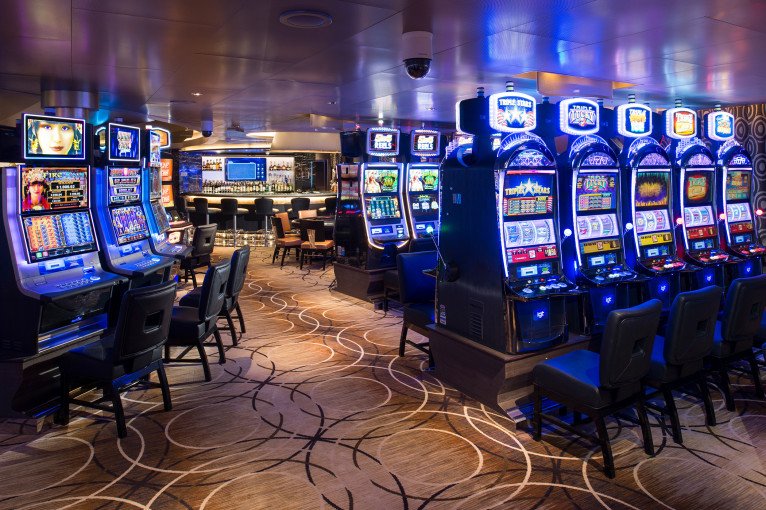

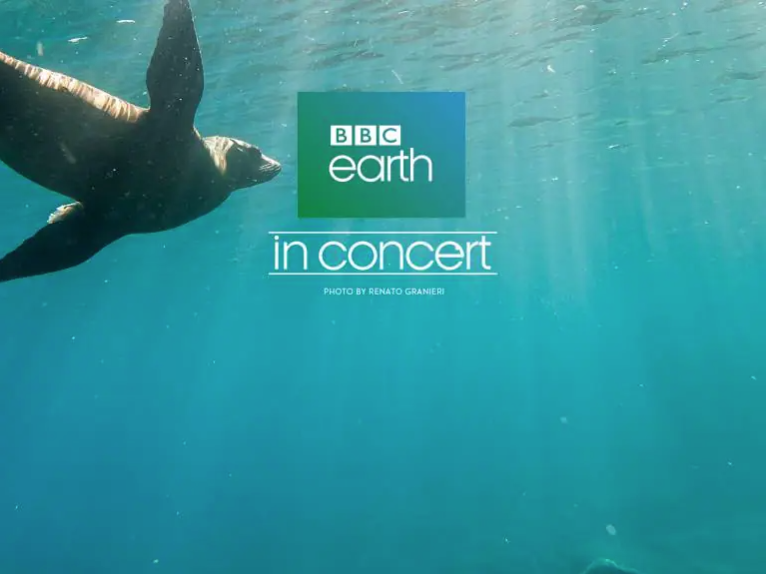

Observation Points
More information coming soon.




Greenhouse Spa & Salon
Refresh, Relax and Rejuvenate
During a leisurely day at sea, few places help you refresh, relax and rejuvenate like the Greenhouse Spa & Salon®. This heavenly retreat nurtures every aspect of your well-being with renowned spa rituals and healing touches. In the spa, pamper your skin with facial treatments featuring premium, naturally sourced ingredients. Nurture your body, too, with massage treatments employing time-honoured, hands-on massage techniques gleaned from around the world.

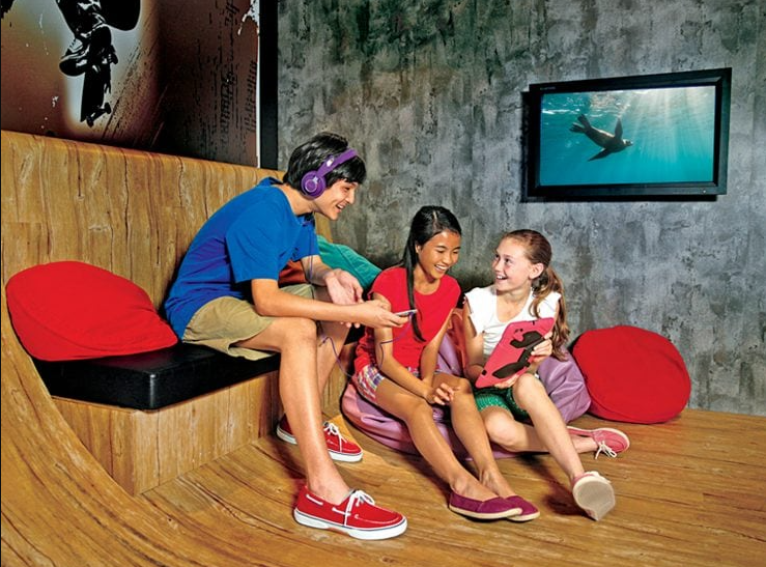
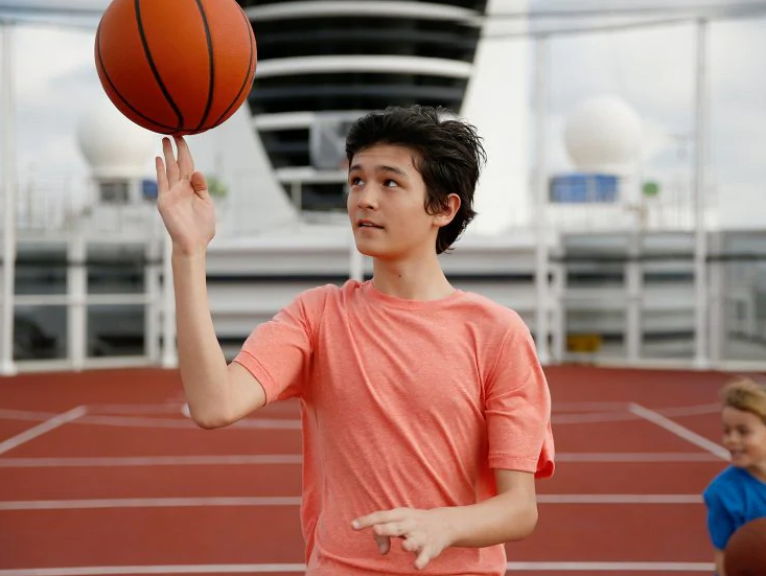


Kids Programs (Ages 3-6)
Highlights for kids ages 3 to 6 include “Painting Picassos,” and “Sing-Along Storytime,” as well as theme parties, such as “Dino-Mite Night” and “Ships Ahoy Pirate Treasure Hunt Adventure.”
Deck 12 - Observation

- The Retreat
- Explorations Café
- Crow's Nest
Deck 11 - Sun

- Sun Bar
- Sun Deck
- Sport Court
- Jogging Track
- Sliding Dome Cover
- Neptune Suites
- Verandah Staterooms
- Oceanview Staterooms (Large)
- Interior Staterooms (Standard)
Deck 10 - Panorama

- Greenhouse Spa & Salon
- New York Deli & Pizza
- Panorama Bar
- Club Hal
- Nami Sushu
- Tamarind
- Tamarind Bar
- Neptune Spa Suites
- Verandah Spa Staterooms
- Oceanview Spa Staterooms (Large)
- Interior Spa Staterooms (Large)
Deck 9 - Lido

- Fitness Centre
- Greenhouse Spa & Salon
- Hydro Pool
- Movies Poolside
- Lido Bar
- Gelato
- Dive-In
- Canaletto
- Lido Market
- Sea View Bar
- Sea View Pool
Deck 8 - Navigation

- Bridge
- Neptune Suites
- Vista Suites
- Verandah Staterooms
- Interior Staterooms (Large & Standard)
Deck 7 - Schubert

- Neptune Lounge
- Pinnacle Suite
- Neptune Suites
- Signature Suites
- Vista Suites
- Verandah Staterooms
- Oceanview Staterooms (Large)
- Interior Staterooms (Large or Standards)
Deck 6 - Mozart

- Neptune Suites
- Vista Suites
- Verandah Staterooms
- Interior Staterooms (Large & Standard)
Deck 5 - Gershwin

- Neptune Suites
- Signature Suites
- Vista Suites
- Verandah Staterooms
- Interior Staterooms (Large & Standard)
Deck 4 - Beethoven

- Neptune Suites
- Vista Suites
- Verandah Staterooms
- Oceanview Staterooms (Large)
- Interior Staterooms (Large & Standard)
Deck 3 - Promenade

- World Stage
- Casino
- Art Gallery
- The Shops
- Future Cruises
- Guest Services
- Atrium
- Grand Dutch Café
- Photo Shop
- The Dining Room
Deck 2 - Plaza

- World Stage
- Billboard Onboard
- Notes
- Rolling Stone Rock Room
- Lincoln Centre Stage & B.B. King's Blues Club
- Merabella
- The Shops
- Pinnacle Grill
- Atrium
- Rudi's Sel De Mer
- Ocean Bar
- Blend
- Club Orange Dining Room
- The Dining Room
Deck 1 - Main

- Stuyvesant
- Half Moon II
- Atrium
- Shore Excursions
- Hudson II
- Half Moon I
- Hudson I
- Oceanview Staterooms (Family, Large or Single)
- Interior Staterooms (Large & Standard)
Koningsdam Cabins & Suites


Spa Inside




Family Ocean View





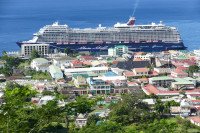
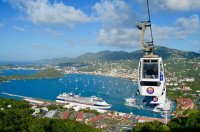


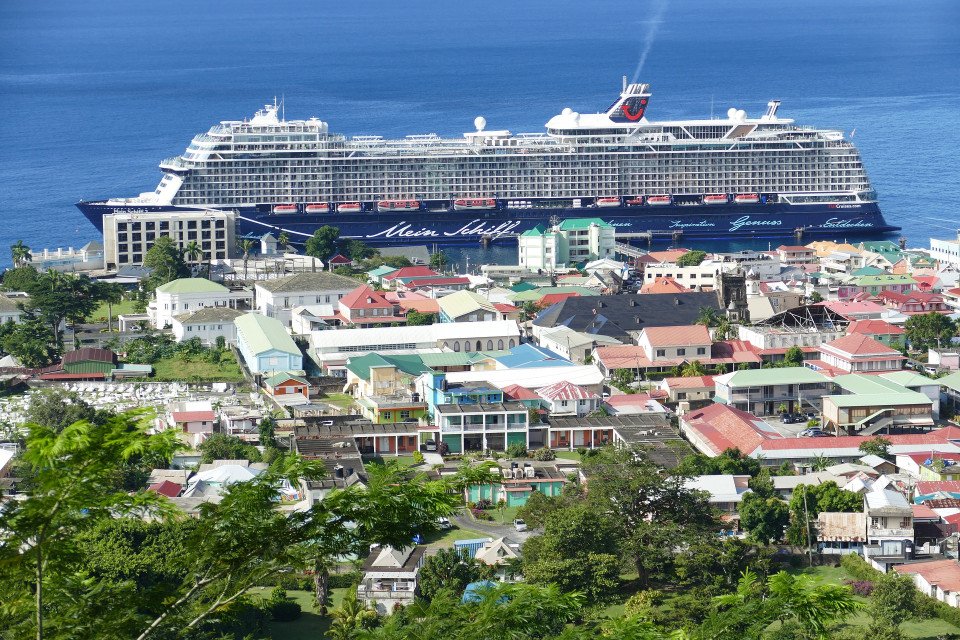






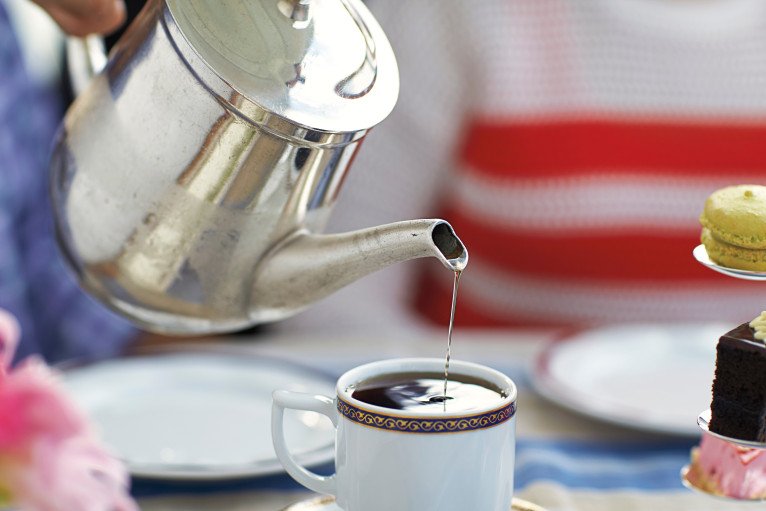
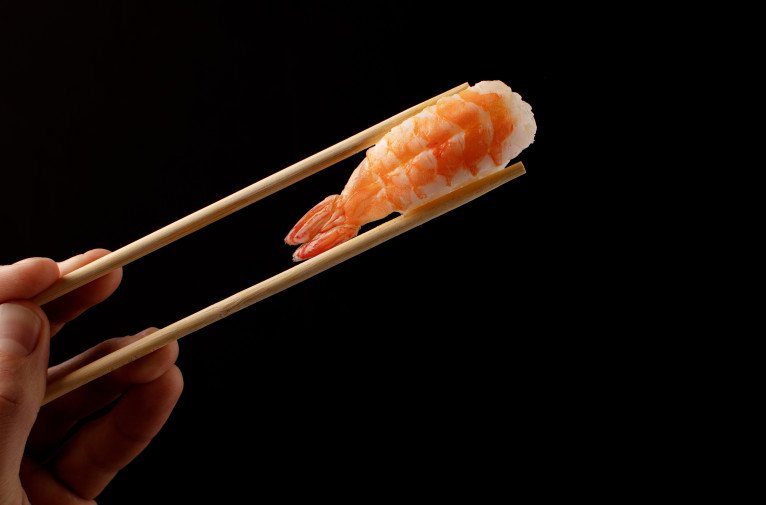
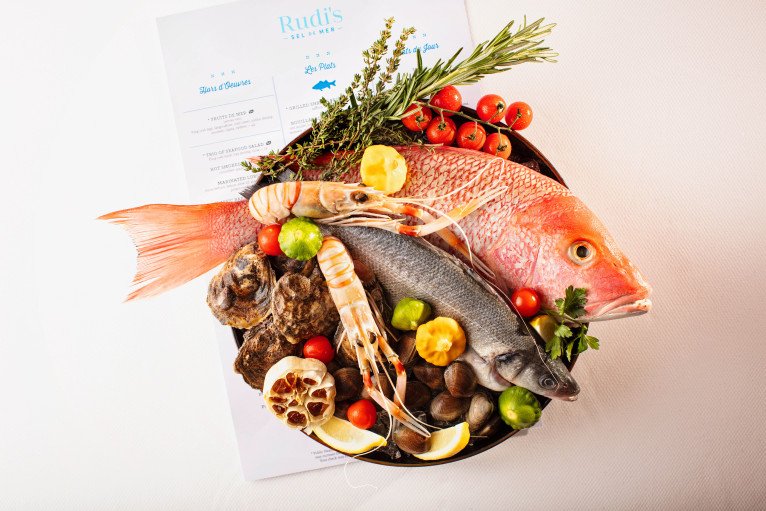




















-large_thumb.jpg)









